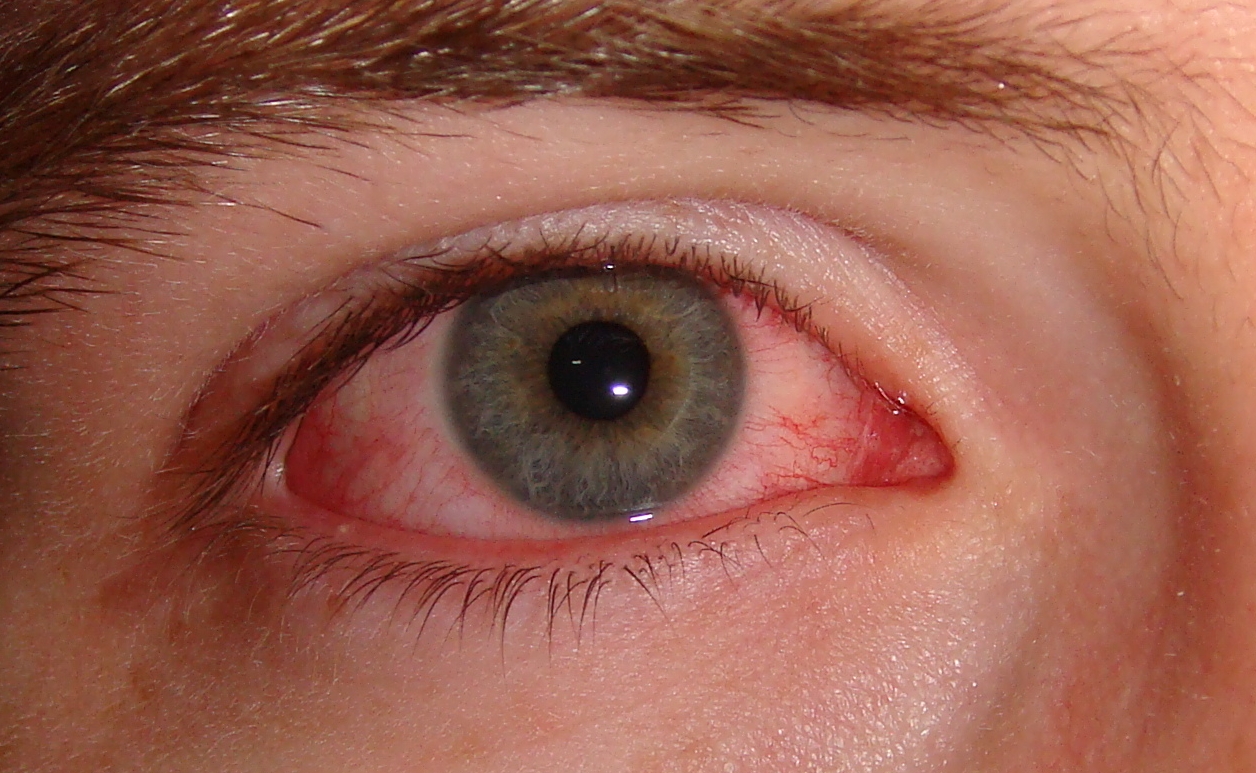Natural remedies for a common skin problem in cats
03/06/2019 / By Ralph Flores

There’s no doubt that Americans love their fur babies — there’s even data to back it up.
In the latest National Pet Owners Survey by the American Pet Products Association (APPA), at least 85 million families — that’s nearly 70 percent — report owning a pet. While dogs are still the preferred pet of families across the U.S., cats aren’t too far behind — a total of 47.1 million people share their homes with a furry feline companion.
For cat owners, the reasons for having them are nothing short of obvious: Cats aren’t attention seekers, are notoriously low-maintenance, and love to be independent — all while still having their unique charm. However, despite these characteristics, these lovable felines still require proper care, especially when it comes to their diet and hygiene. For one, cats are still prone to certain conditions, hot spots being the most common.
The term “hot spot” usually refers to acute moist dermatitis, which can cause great discomfort in cats. Hot spots aren’t limited to cats — they can occur in dogs as well, especially if they have thick or long coats; however, acute moist dermatitis for cats is usually the result of either flea or mite bits, ear infections, and even poor hygiene.
Cats that suffer from hot spots will have circular lesions on their head, hips, and chest. The lesions are usually moist and swollen, with no hair present. If a cat has a hot spot, it will attempt to relieve itself by scratching, licking, or even biting the area. This makes the inflammation worse, leading to the formation of even larger lesions, a condition referred to as pyotraumatic dermatitis (or self-inflicted inflammation).
If your cat is showing symptoms of hot spots, it’s best to shave the hair in the affected area. This exposes it to air, allowing the resulting lesion to dry. In addition, applying an Epsom salt solution on the affected area can help in treating hot spots in cats. To make the solution, dissolve ½ cup of Epsom salt in a gallon of water. Soak a clean cloth with the solution and dab it onto the wound for five to 10 minutes, repeating two to four times a day, as needed. (Related: How to Use Organic Neem Leaf for Flea and Tick Control for Cats.)
Natural ways to prevent hot spots
Just as their human owners say, prevention is better than cure — especially when it comes to hot spots. Here are some natural ways to keep your cats (and your dogs) safe from hot spots.
- Get rid of the plastic. Eating from plastic food bowls can greatly increase your cat’s chances of being infected by hot spots. With regular use, plastic bowls develop tiny “cracks,” which become, in turn, breeding places for pathogenic bacteria. Pets who are exposed to the bacteria become infected, with some developing rashes, and even lesions. Instead of plastic bowls, go for ceramic, glass, or stainless steel bowls — and wash them regularly.
- Don’t use tea tree oil. Humans have more acidic skin than pets, which means some oils that are good for treating skin conditions for people can make a pet’s infection worse. Tea tree oil, in particular, is worse: Aside from being an allergen in most pets, it can even cause neurological reactions.
- Include oil in their diet. Cats and dogs, particularly those with thick fur, greatly benefit from a diet with added oils. In particular, oils that have essential fatty acids that your pet needs include peanut and sunflower oils. For cats, include about half a teaspoon of oil with each meal.
- Bring out the oatmeal soak. To help with the itching, apply a paste mixture of oatmeal and water on the affected area and leave it for 10 minutes. Rinse with warm water afterward.
It’s not just hot spots that cat lovers should look out for. PetHealthDaily.com has the lowdown on other common diseases that can affect your pet feline — as well as natural treatments.
Sources include:
Tagged Under: acute moist dermatitis, feline health, hot spots, natural cures, pet care, pet grooming, pet health, pet hygiene, remedies, skin care




















